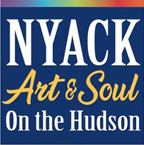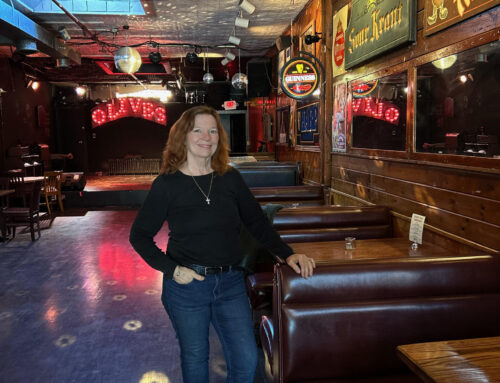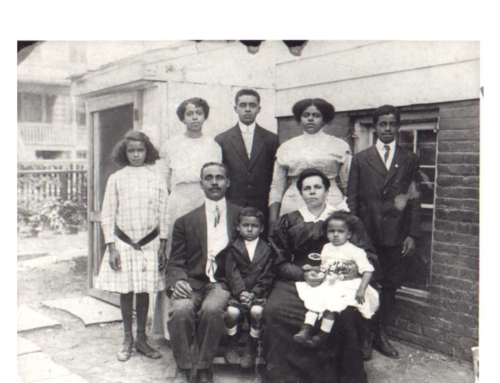by Bill Batson, Nyack News & Views

Named Shadowcliff by the original owner, the building looks cloistered, partially hidden from the road behind thick brick walls and well groomed high shrubs. From the passenger side of a vehicle traveling on North Broadway, you could assume that this is just another one of the stately homes that line the banks of the Hudson. A banner hanging between the columns of a portico might suggest a consulate. That would be closer to the truth.
Since its founding in 1914, the Fellowship of Reconciliation (FOR) has been a global emissary for peace among people and nations. Befitting their humanitarian imperative, the organization was founded on a handshake between two men, Henry Hodgkin, an English Quaker, and Friedrich Sigmund-Schultze, a German Lutheran, whose countries had just declared war on each other. They were attending a conference of religious leaders that had sought to prevent the conflict that would engulf the world and vowed to work together for peace even though their countries were at war. Succeeding generations of FOR members have kept that pledge.
Today, FOR is engaged in peace missions throughout the world through task forces on social, economic and racial justice in the United States, Latin America, the Caribbean and the Middle East. FOR’s commitment to demilitarization is absolute. As an organization, they were instrumental in establishing the legal recognition for conscientious objector status before World War II. Richard Deats, their past Executive Secretary, describes the organization’s philosophy as the belief that truth is stronger than falsehood, love overcomes hate and nonviolence is more enduring than violence.
When Texan minister and FOR staffer Reverend Glenn Smiley first encountered Dr. King in Montgomery Alabama in 1955, their handshake honored and echoed the gesture on the train platform in Cologne Germany that launched FOR. The Montgomery bus boycott that King led was viewed by the white establishment of the south as a declaration of war. FOR sent Smiley to meet with King to find a nonviolent solution to the looming conflict between the races in the American South: a mission hauntingly similar to the goal of the ecumenical conference in Germany prior to World War I.
Smiley was encouraged to learn that King had heard of the tactics of civil disobedience that Mahatma Gandhi had used to end British colonial rule in India. Smiley, and another FOR staffer, who would become a longtime King associate Bayard Rustin, assisted in conducting workshops to inculcate the spirit of non-violence in a conflict that would require the black community to endure insults, beatings, imprisonment and bombings.

As an artist, I marveled at the copy of the comic that FOR’s communication director Ethan Vesely-Flad put into my hand when I stopped in for an unannounced visit. As an activist, what he told me next was awe-inspiring. He informed me that Dalhia Ziada, the Cairo Based Director of the American Islamic Congress translated the comic into Arabic several years ago and distributed thousands of copies from Yemen to Morocco. Copies of the comic were circulated in Tahrir Square in Egypt last February. The legacy of King, delivered through the medium of visual art and story telling, helped inform the Arab spring.
Our region is blessed with venues that commemorate two men whose achievements are celebrated with national holidays. Several historic sites can boast that George Washington slept there. Through the on-going work of the Fellowship of Reconciliation, Nyack has its own living landmark. The spirit of the person who secured the promise of liberty and justice for all, Martin Luther King, survives in Shadowcliff.
Martin Luther King and the Montgomery Story, a comic book from the Fellowship of Reconciliation published in 1958 shortly after the Montgomery Bus Boycott, is available at the FOR online bookstore.
Artist Bill Batson, an activist and former NYC resident, draws sketches and writes essays curbside in Nyack, NY.
“Nyack Sketch Log: Fellowship of Reconcillation” © 2012, Bill Batson
“Fellowship of Reconciliation,” written by Nyack Sketch Log columnist Bill Batson, was first published on NyackNewsAndViews.com on 1/17/2012.
Nyack Sketch Log is published every Wednesday at www.NyackNewsAndViews.com





